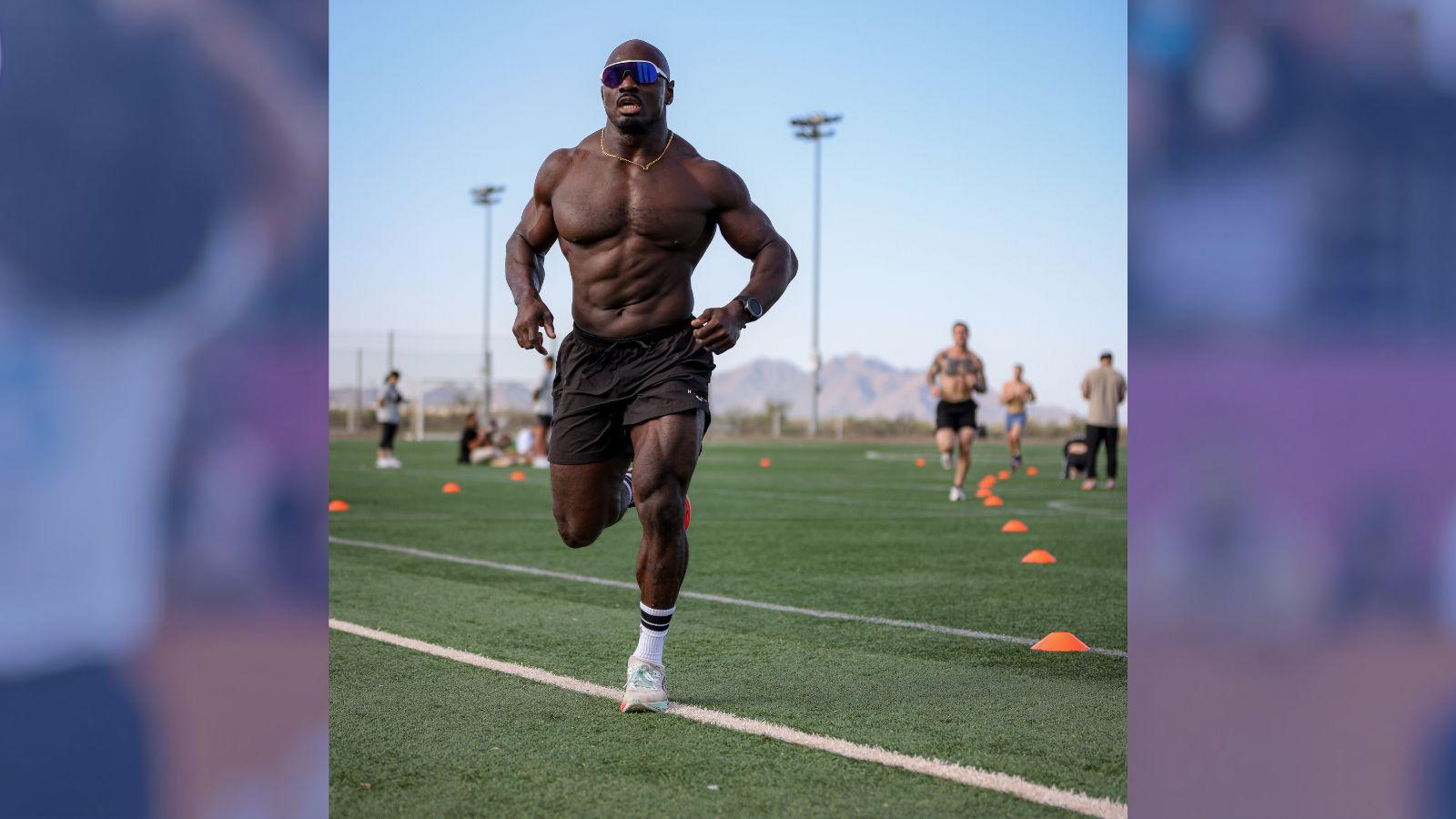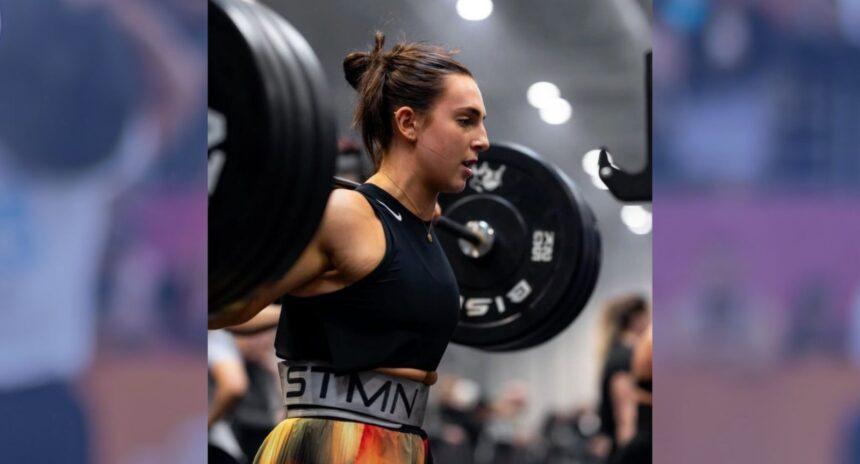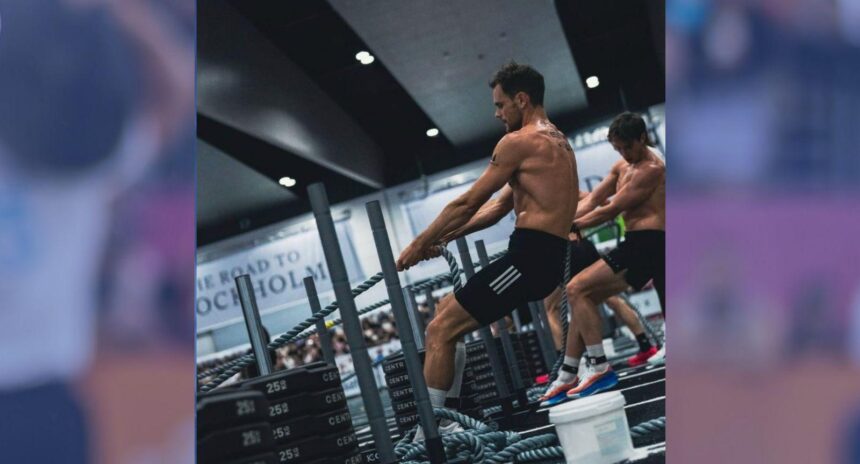Chandler Smith on How CrossFit Has Changed — and What’s Next

The CrossFit landscape has undergone a significant transformation over the past decade, particularly in training methods.
- Five-time CrossFit Games athlete Chandler Smith discussed the “eras” of CrossFit coaching and programming in a recent video with Training Think Tank (TTT) coaches Adam Rogers and Max El-Hag.
Smith describes the competitive evolution of CrossFit as a four-stage model.
The pre-2015 period was the initial phase, during which early adopters and overall athletic ability were sufficient to qualify for the Games or Regionals.
This was followed by the 2015-2020 period, when a greater volume of training became common and more complex tests were introduced.
Then came 2020-2023, a period when the sport truly began to professionalize. Skills and weights increased noticeably, and more athletes pursued CrossFit as a career.
Since 2023, Smith says the focus has been on machines and size. Event programming favors those with access to machines that didn’t exist before, like Echo Bikes or Rogue Rowers, rewarding proficiency with high loads and machine ability.
- “That’s how I see things and how I’ve evolved and tried to respond as an athlete. But I think it’s more interesting to ask how coaches have evolved their training if they see it similarly,” Smith said on the TTT podcast.
El-Hag echoed Smith’s perspective on the CrossFit evolution.
The COVID-19 era marked a major turning point, as many athletes lacked access to equipment, and competitions focused on managing practical issues and handling season uncertainties.
From that point to our current stage is the era of professionalization. This is a time when athletes started to earn a living from the sport.
- “I think the eras, I wouldn’t go against them. I think my coaching/learning just mirrors that to some capacity,” El-Hag said.
The most important change from Rogers’ perspective is the need for flexibility as a coach. The previous approach was to keep programming rigid and periodized, focusing on a single competition calendar like the CrossFit Open.
Now, with multiple competitions, athletes must consistently maintain overall readiness, making it impossible to focus only on specific weaknesses for long periods.
Rogers also noted that the increased volume demands of even local competitions have become very high. He emphasizes that what was once a reasonable number of repetitions is now simply the “price of admission” for a competition.
- “I wouldn’t say that the approach of making someone resilient has changed,” Rogers said. “But the tools have changed. I think the way we think about building resilience, or the way that I think about categorizing the amount of movement I put into someone’s training weeks, has matured and evolved for me over the years.”
The trio delves into various topics, such as CrossFit benchmarks and the core principles of CrossFit.
One more thing: TTT is one of the most prominent training camps available to athletes. They sent several athletes to the CrossFit Games this year, including Travis Mayer, Anikha Greer, Alexis Raptis, and Lydia Fish.
Featured image: Scott Freymond


